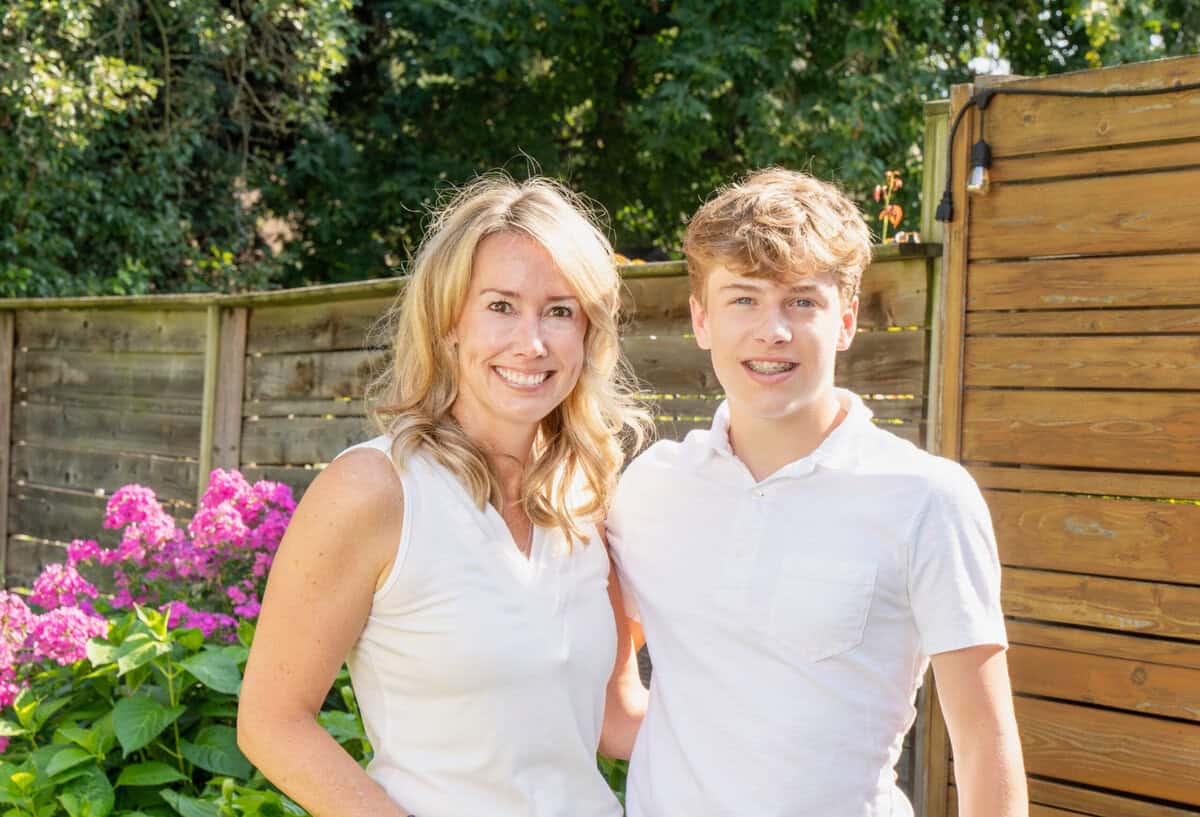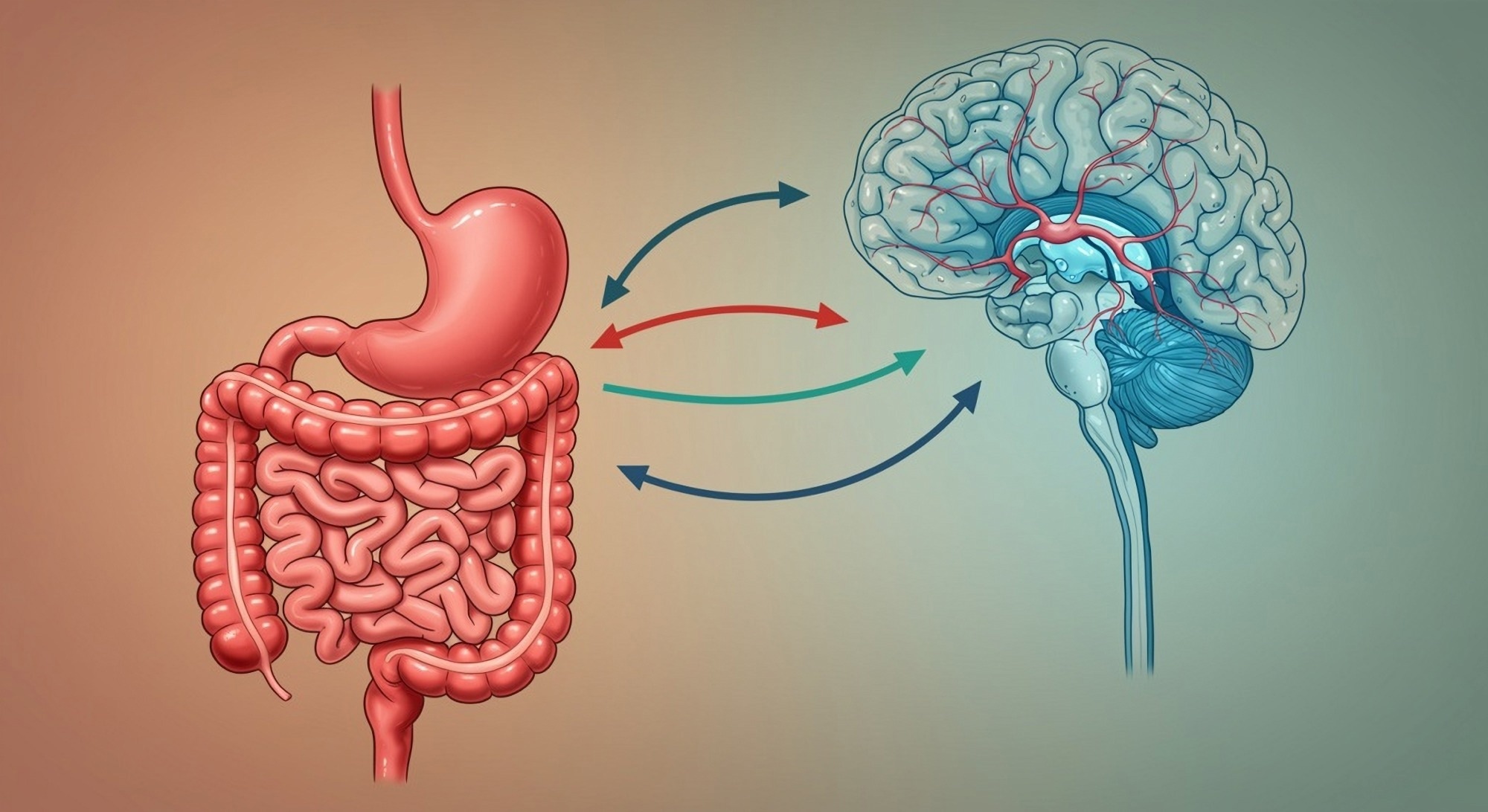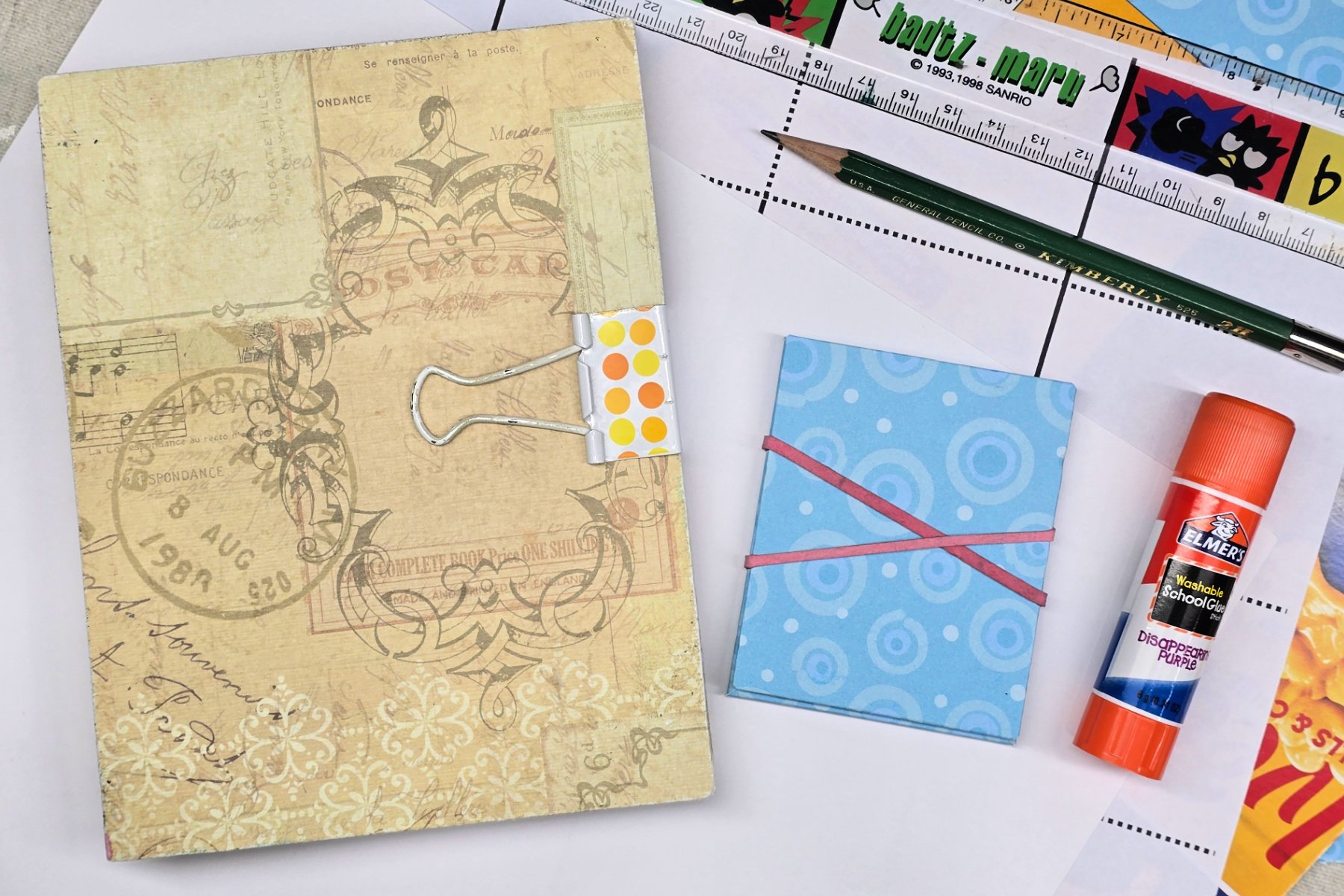In a recent study published in eClinicalMedicine, researchers conducted a randomized controlled trial (RCT) to assess the efficacy of the Pre-Texts arts-literacy intervention in decreasing anxiety and depression among high school pupils.
 Study: An arts-literacy intervention for adolescent depression and anxiety symptoms: outcomes of a randomised controlled trial of Pre-Texts with Kenyan adolescents. Image Credit: Nataliia Kulykovska/Shutterstock.com
Study: An arts-literacy intervention for adolescent depression and anxiety symptoms: outcomes of a randomised controlled trial of Pre-Texts with Kenyan adolescents. Image Credit: Nataliia Kulykovska/Shutterstock.com
Background
Adolescent mood and anxiety disorders, which account for 45% of the worldwide disease burden in 15-19-year-olds, are a global public health problem, especially in low-resource settings such as Sub-Saharan Africa.
The expense of evidence-based therapies, professional delivery, government underspending, and societal stigma are all barriers to access. Visual arts, music, drama, and dance-based therapies have improved young self-esteem, resilience, and self-confidence and reduced externalizing behaviors.
About the study
In the present RCT, researchers adapted Pre-Texts, an art instruction methodology, to address anxiety and depression symptoms in Kenyan teenagers.
In Kenya, the intervention program blends academic difficulties with artmaking to encourage young autonomy and communication. It inspires artmaking and collaborative thinking using text extracts from books, physics classes, or technical instructions.
The project attempts to broaden Kenyan youths’ access to mental health services. Between August 11, 2021, and December 18, 2021, 235 students from Kenyan high schools (N=235, aged 13 to 19 years, 53% female) were randomly assigned to either the intervention or control intervention.
For a week, participants met in groups of six to twelve youngsters for one-hour sessions supervised by high school graduates trained as lay providers.
The intervention was modified for use in school settings and included group sessions for adolescents led by 18-to-22-year-old lay providers trained to become intervention facilitators. The World Health Organization (WHO) advised task-shifting to lay clinicians to boost mental health access.
An active control condition, “study skills,” was adopted with a similar dose and length of activities for all participants to offer a rigorous comparison standard. Participants were recruited from two community-run schools that cater to pupils from Kibera and nearby regions and are sponsored by the local community and well-wishers rather than the government.
The intervention was carried out after school hours, with children meeting in groups for one hour each day for one week, for five meetings and five hours. Individuals completed outcome assessments at study initiation, seven days, and a month of follow-up.
In addition, participants filled out feedback forms to provide comments on the acceptance and feasibility of the interventional program.
The Generalized Anxiety Disorder Screener 7 (GAD-7) and Patient Health Questionnaire 8 (PHQ-8) were used to assess anxiety and depression symptoms, respectively.
The study attempted to explore the influence of the Pre-Texts intervention on individuals meeting clinical cut-offs for symptoms of sadness and anxiety as a secondary result. The effect sizes (ESs) were calculated using mixed-effects modeling.
Results
In total, 235 teenagers aged 16 and up participated in the trial, of which 106 were assigned to the intervention group and 129 to the control group. Positive correlations were observed between anxiety and depression symptoms.
At a one-month follow-up, the model estimating depression symptoms revealed significant Time-Condition interactions, indicating that the intervention recipients experienced higher reductions in depressive symptoms from study initiation to a month of follow-up in comparison to those in the control group.
At baseline, 83 of the 235 teenagers in the sample fulfilled the threshold of high depressive symptoms (PHQ-8 ≥10), whereas 72 met the criterion of elevated anxiety (GAD-7 ≥10).
The intervention recipients did not meet the criteria for clinically significant changes in symptoms of anxiety and depression from study initiation to a month of follow-up in the entire sample.
Nevertheless, in the subgroup analyses, including individuals with heightened symptoms at study initiation, the intervention recipients showed clinically reliable changes in symptoms of depression and anxiety in the same period.
The intervention and control groups received comparable high ratings and were seen as similarly valuable and understandable, exhibiting comparable recommendability to their peers. The findings indicated that the apparent difference in efficacy between the programs may be linked to Pre-Texts’ ability to treat mental health concerns instead of its appeal or acceptability.
Conclusion
Overall, the study findings showed that the arts-based Pre-Texts intervention in a Kenyan afterschool program could significantly relieve anxiety and depression symptoms in adolescents living in low-income urban regions.
The study emphasizes the possibility of community-based, low-stigma treatments to address the mental health needs of disadvantaged kids in resource-limited situations. However, more replication studies with higher sample numbers and longer follow-up periods are required to assess the intervention’s efficacy and scalability.

 PARENTING TIPS
PARENTING TIPS







 PREGNANCY
PREGNANCY








 BABY CARE
BABY CARE








 TODDLERS
TODDLERS








 TEENS
TEENS








 HEALTH CARE
HEALTH CARE








 ACTIVITIES & CRAFTS
ACTIVITIES & CRAFTS








 CONTACT
CONTACT ABOUT
ABOUT


